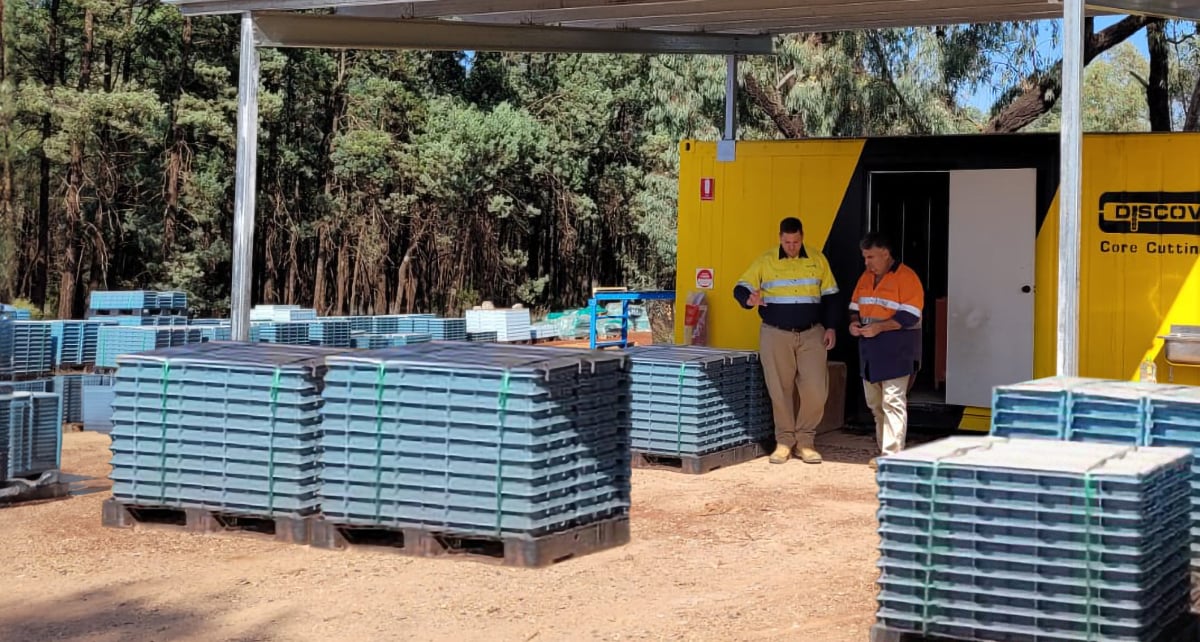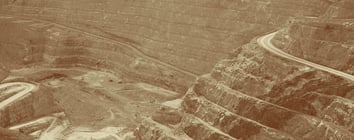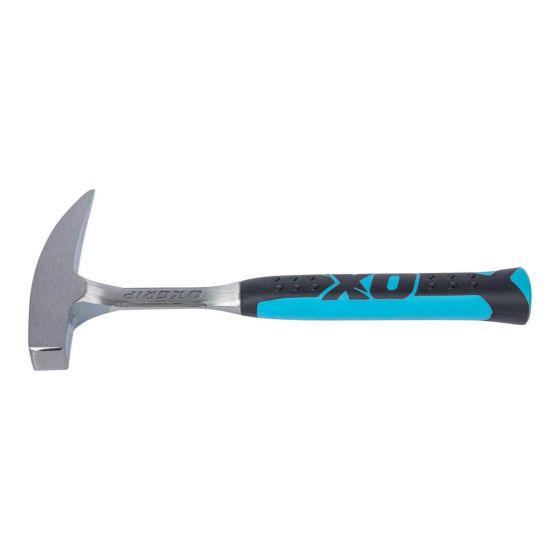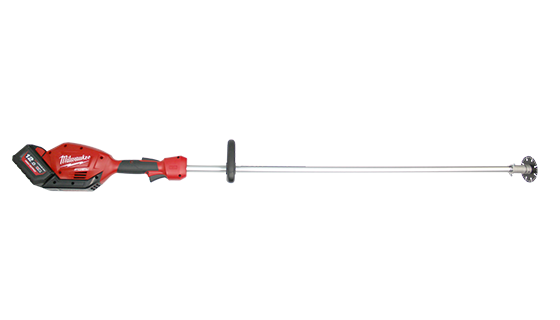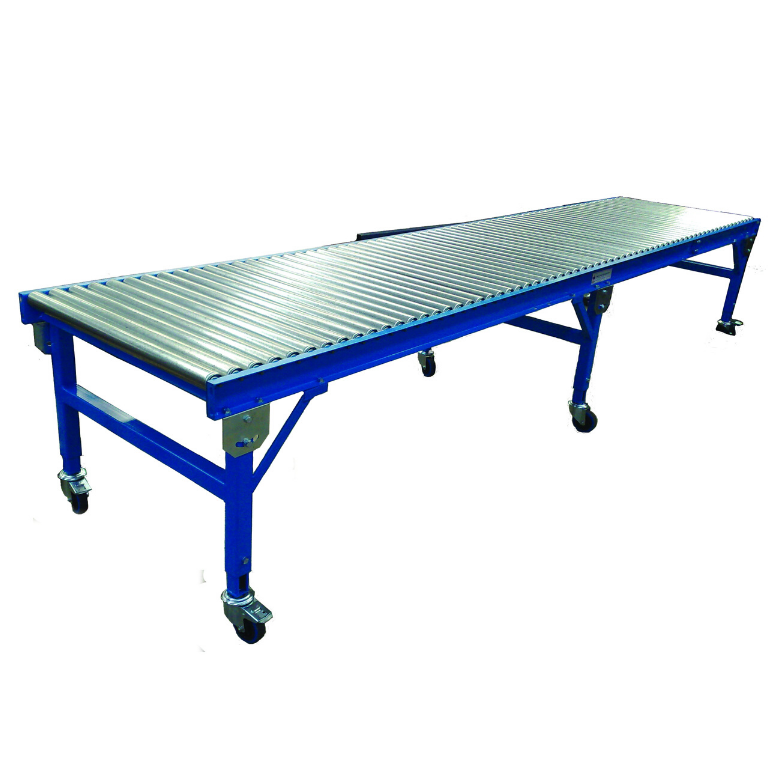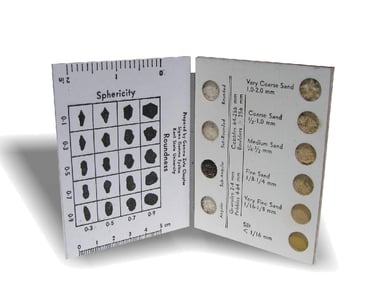Rock Colour Chart
The Munsell Rock Color Chart provides a durable, accurate method for classifying and judging rocks sample. Each book comes with over 115 Munsell Color Standards, each with its correct ISCC-NBS color name and unique Munsell alphanumeric notation. Refer to the colour chart to know the exact color information of your rock samples. This chart indicates the range of rock colors for all purposes and is accurate for wet or dry samples. Although the chart is mainly used to assign values to medium to fine-grained rocks, it can also be used to describe coarse-grained rocks as well.
Features:
- Colour produced on water resistant substrate
- Munsell notations for each colour providing:
- Value (degree of lightness)
- Hue (colour)
- Chroma (degree of saturation)
Soil Colour Chart
The Munsell Soil Colour Chart is an affordable way to evaluate the type of soil that is present within a given area. The book is set up to allow users to make soil colour evaluations in the field quickly and easily. The soil classification system that has been developed around the Munsell colour system is an established and accepted process to assign a soil type. This classification system has been used in Australia for more than 55 years to aid in the management and stewardship of natural resources. Through the use of the Munsell Soil Colour Charts, practitioners from a wide range of professions can share reliable and consistent information about the colour of soils at a particular site with colleagues anywhere around the world.
The following pages are included in the Soil Colour Charts:
- Munsell 10R Soil Chart
- Munsell 10YR Soil Chart
- Munsell 2.5Y Soil Chart
- Munsell 2.5YR Soil Chart
- Munsell 5Y Soil Chart
- Munsell 5YR Soil Chart
- Munsell 7.5YR Soil
- 10Y - 5GY Colours - Olive greens Soil Chart
- Gley 1 2 (2 - Separate Charts) Soil Charts
- Munsell 5R Individual Soil Chart
- Munsell 7.5R Individual Soil Chart
- "New" White Page, 7.5R, 10YR, 2.5Y
The pages within the Munsell Charts are cleanable and can be exposed to the standard environmental conditions that are met in the field. This does not mean that the book will be able to withstand all of the environmental conditions that it is exposed to in the field. For the cleaning of the coloured pages, please make sure not to use a cleaning agent or materials that are coarse in nature. These materials could either damage the surface of the colour chips, or cause the colour chips to start to delaminate from the pages.
Sand Grain Chart
This chart is essential for all geologists. It allows classification of rock and sand grains based on size and provides a point of reference when working out in the field. It allows the geologist to classify based on a variety of properties, such as size and shape, grain sorting, roundness, and sphericity of a sample.
The chart consists of several measurement indicators, including:
- a sphericity/roundness measuring chart
- printed examples of well-sorted and poorly-sorted grain samples in fine, medium, and coarse ranges
- four actual grain samples illustrating angular, sub-angular, sub-rounded, and rounded shapes
- six grain size samples: silt, very fine sand, fine sand, medium sand, coarse sand, and very coarse sand
- measurement limits for granules, pebbles, cobbles and boulders (in order of size)
.png)

